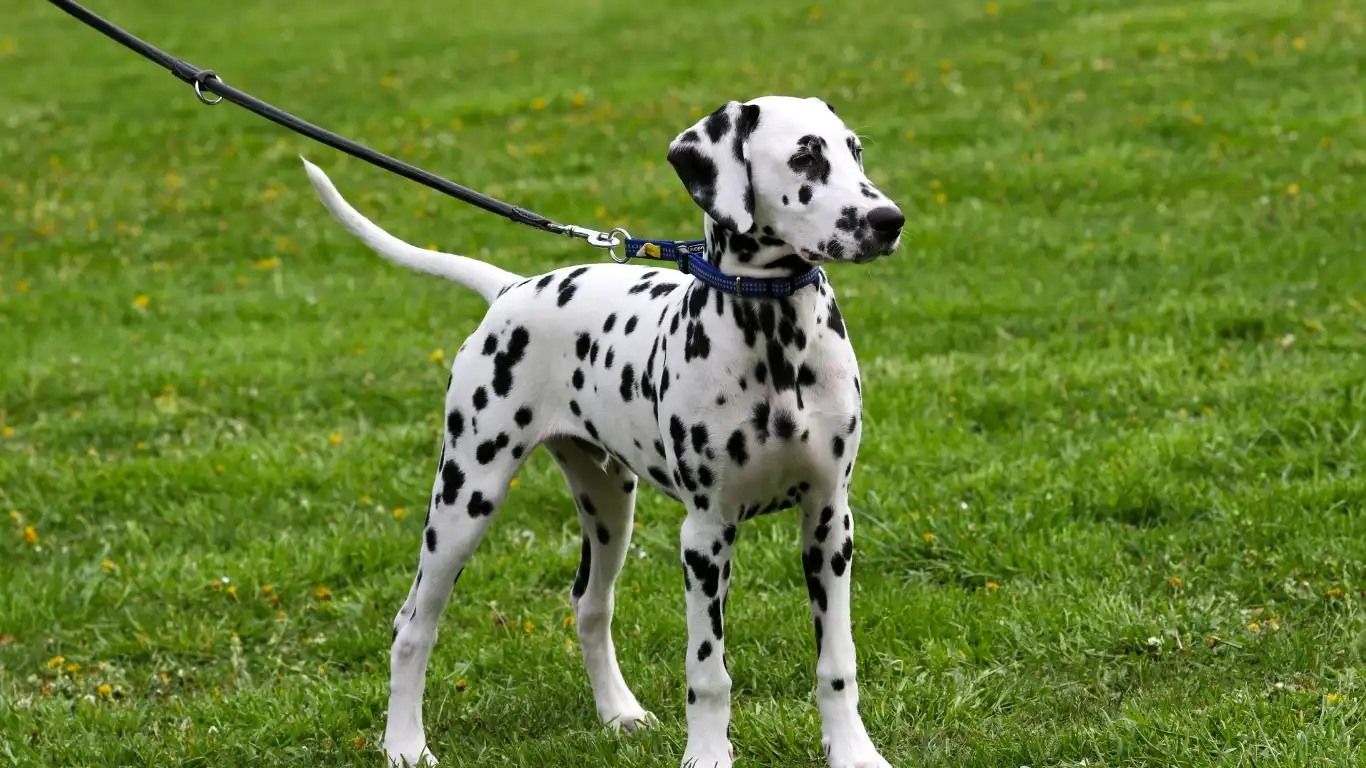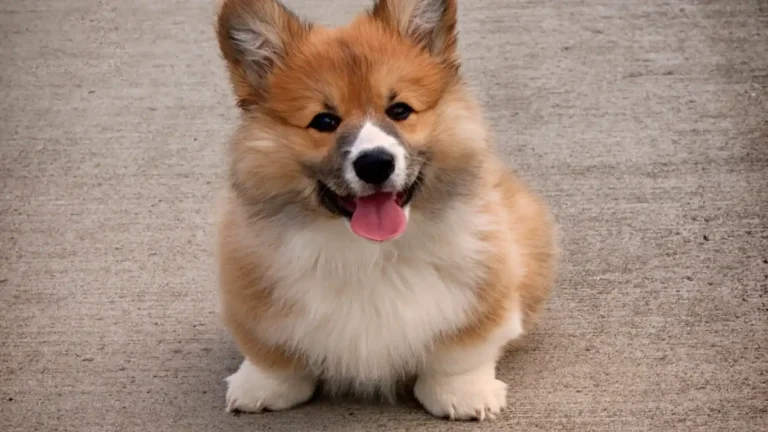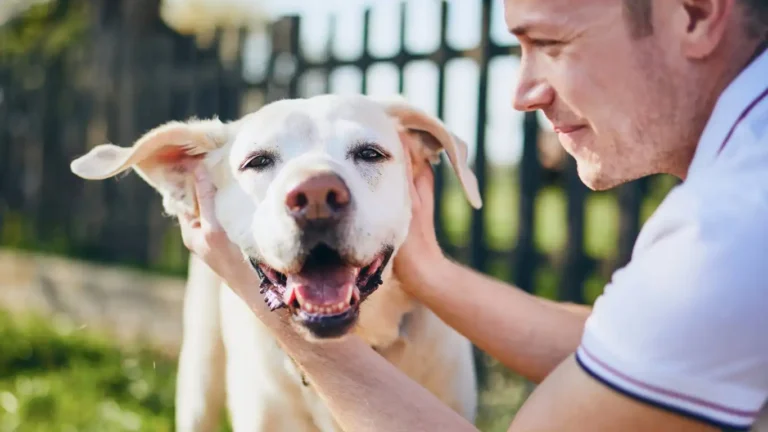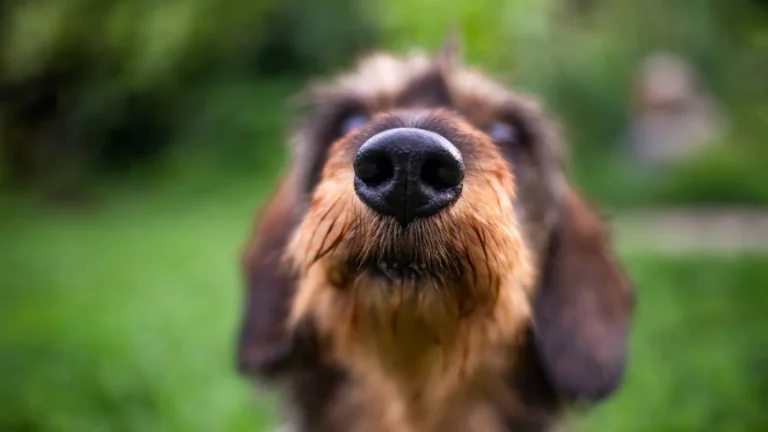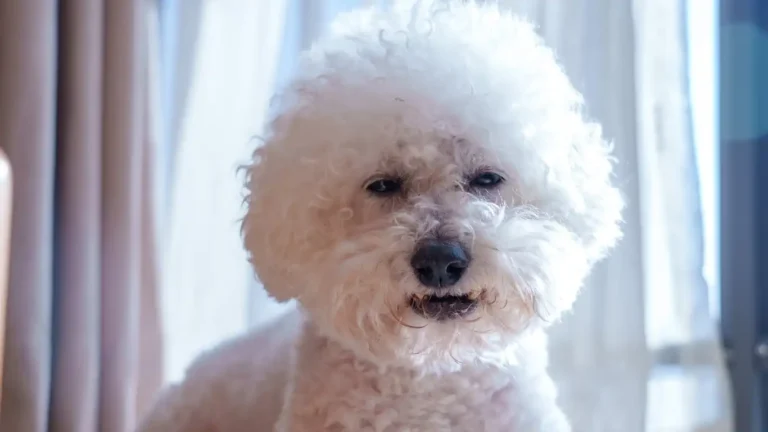Effective Tips on How to Prevent a Dog from Chasing Other Animals
If you’ve ever had a dog that loves to chase other animals, you know how challenging it can be to manage their behavior. Whether it’s squirrels, rabbits, or even other dogs, the instinct to chase is deeply ingrained in many canines. But the good news is, it’s totally possible to prevent a dog from chasing other animals. As a Veterinary Technician/Nurse with a specialty in nutrition, I’ve worked with countless dogs and owners to help curb this type of behavior. It takes time, patience, and consistency, but with the right strategies, you can keep your dog safe and under control. In this article, I’ll share some of the most effective methods I’ve used to help dogs break the chase habit and explain why it’s so important to address this behavior early on.
Understanding the Root of the Problem
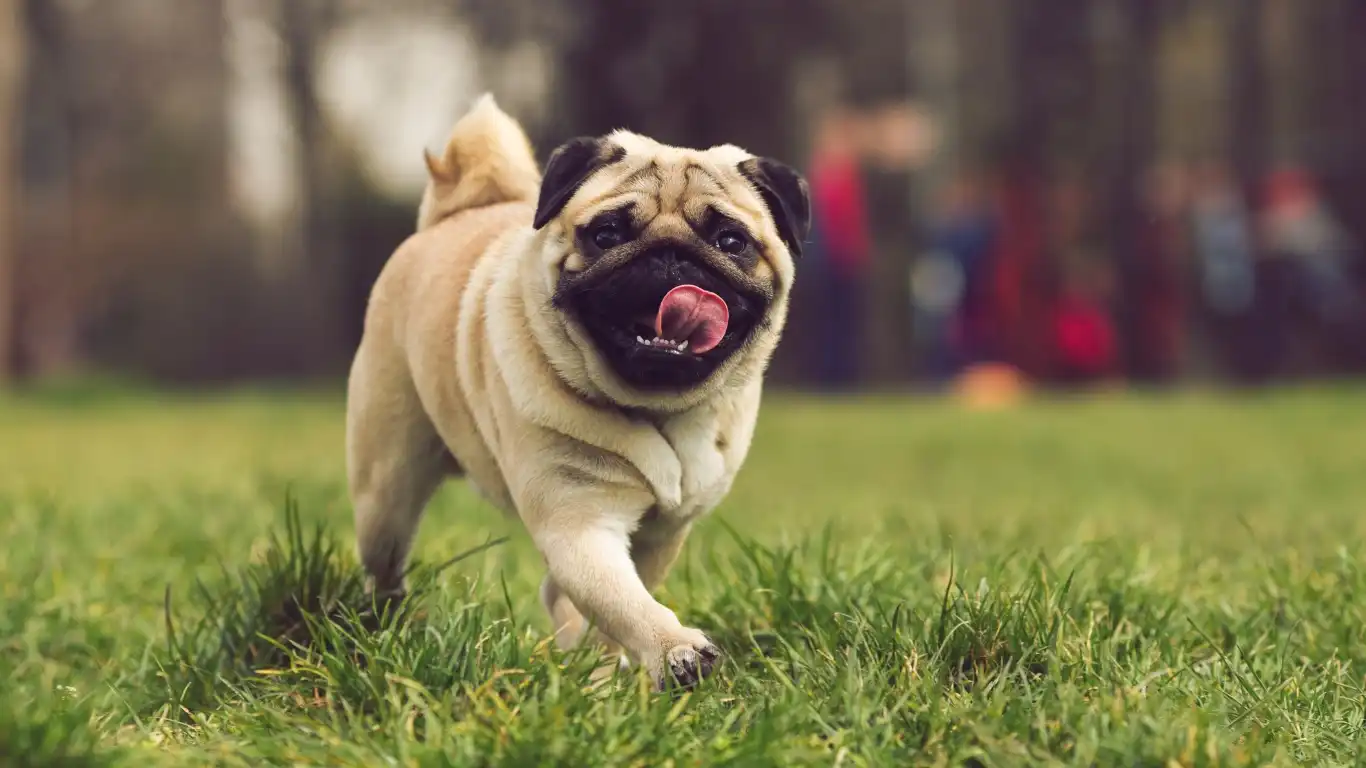
Before we dive into the solutions, it’s important to understand why dogs chase other animals in the first place. The instinct to chase is a natural behavior for many dogs, especially those with a strong prey drive. Dogs that were bred for hunting, like terriers, greyhounds, and retrievers, often have a stronger instinct to chase small animals, which is linked to their history of working as hunters or herders.
That said, even dogs without a high prey drive might still be tempted to chase. It’s a combination of curiosity, excitement, and, let’s face it, a little bit of good old-fashioned fun for your dog. But no matter the reason behind it, managing this behavior is important for both your dog’s safety and your peace of mind.
How Prey Drive Influences Behavior
Prey drive is a natural instinct that causes dogs to stalk, chase, and sometimes even capture prey. It’s one of the oldest and most deeply rooted instincts in dogs, but how strongly it manifests depends on a few factors. Some dogs have a high prey drive, which means they’re more likely to chase anything that moves, while others may show little interest in the world around them. This trait is usually seen in breeds like:
- Terriers: These dogs were bred to hunt small game like rodents, so their prey drive can be very strong.
- Herding dogs: Breeds like Border Collies often chase to keep animals in line, so they may chase anything they perceive as moving away.
- Sight hounds: Greyhounds, Whippets, and other similar breeds are known for their ability to chase fast-moving objects due to their speed and agility.
- Working dogs: Some working dogs, like retrievers, have a chase instinct because of their role in retrieving animals during hunts.
Understanding the breed characteristics of your dog can help you anticipate their chasing tendencies and address them early on. But, as I mentioned, even non-hunting dogs can develop a chase instinct depending on their environment and experiences.
Why It’s Important to Stop the Chasing

Now that we know why dogs chase, it’s time to discuss why it’s so crucial to prevent it. While it may seem harmless at first, chasing can quickly become a dangerous behavior. First and foremost, chasing other animals, especially in public spaces, puts your dog at risk of:
- Traffic accidents: A dog chasing an animal can easily run into traffic, leading to serious injury or even death.
- Injury from other animals: Not all animals are going to run away from your dog. A frightened animal, like a squirrel or raccoon, could fight back, leading to bites, scratches, or other injuries.
- Escape or lost dogs: A dog that’s off-leash and chasing other animals may escape from its owner, and there’s always the risk of it becoming lost or wandering too far away.
- Unwanted behavior reinforcement: Dogs that are allowed to chase frequently learn that this is acceptable behavior, which can lead to more frequent chasing in the future.
Additionally, chasing can be disruptive in neighborhoods or parks where other pets and people are trying to enjoy their time safely. If your dog is overly excited or aggressive during chases, it can cause anxiety in other animals and humans.
Behavioral and Health Impacts of Chasing
Beyond the safety risks, allowing your dog to chase frequently can have some unintended behavioral consequences. For example, it can:
- Increase anxiety: A dog that chases often may develop more anxiety around new situations, animals, or even people, as they become hyper-aware of potential prey.
- Reduce training progress: If you’re working on basic obedience with your dog, constantly giving in to their chasing instincts can interfere with their training progress.
- Cause frustration: Chasing is often a high-energy activity, and if not channeled correctly, it can lead to frustration and aggression in other areas.
In my personal experience, I’ve seen dogs who were initially friendly and calm turn a bit more anxious and reactive after several instances of chasing. It can be hard to pinpoint exactly when things changed, but once chasing became a regular habit, the dog’s behavior around other animals and people started shifting. So, stopping chasing early on is key to maintaining your dog’s overall well-being.
Steps to Prevent Your Dog from Chasing Other Animals
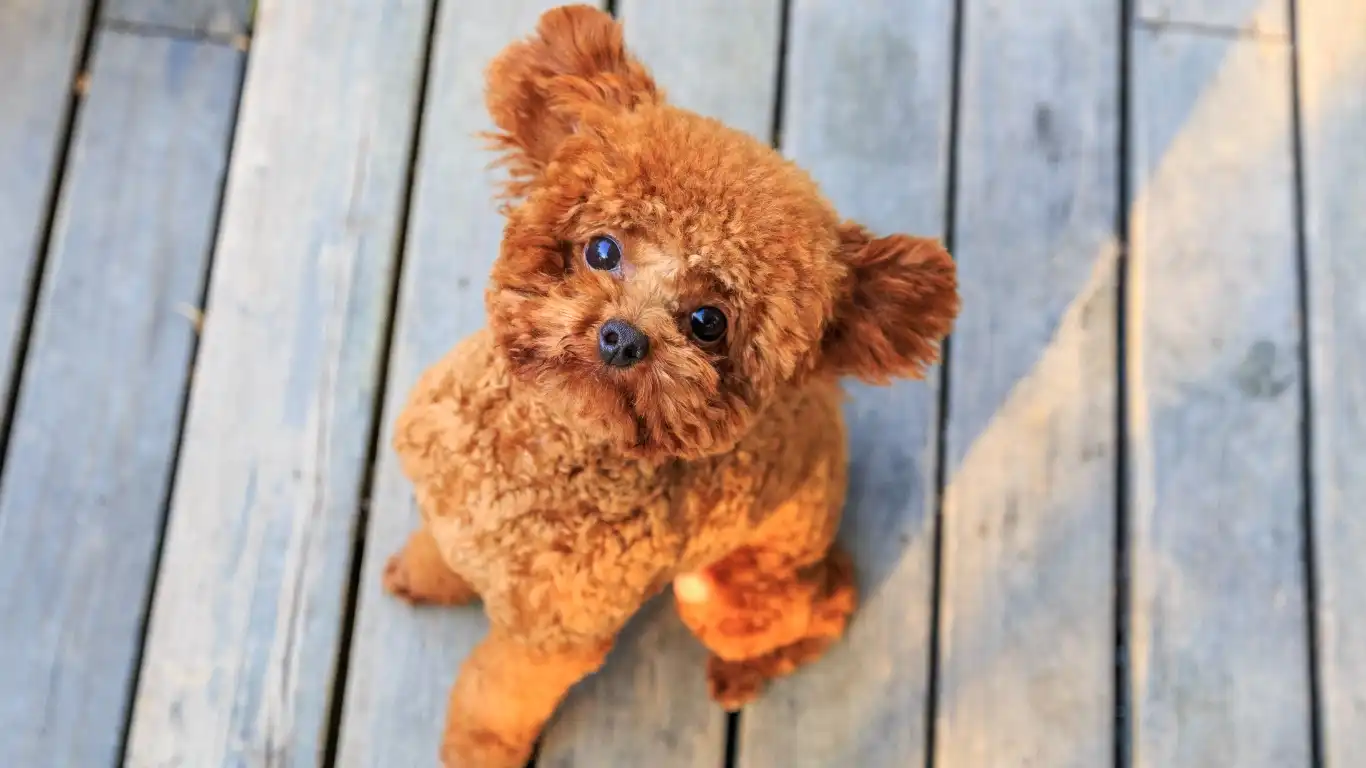
Preventing your dog from chasing other animals doesn’t happen overnight, but it is completely doable with consistency and proper training. I’ve worked with countless pet parents who successfully redirected their dog’s chasing behavior using a combination of training techniques, exercise, and management strategies. Below are some of the most effective methods to help stop chasing behavior:
Start with Basic Obedience Training

One of the first and most important steps in preventing your dog from chasing other animals is reinforcing basic obedience commands. These are the foundation for everything else and provide your dog with the structure they need to stay focused on you rather than any distractions. Think of it like building a strong house: you need a solid base before you can add any other layers.
Commands like sit, stay, come, and leave it are your best friends when it comes to managing your dog’s chasing instincts. Personally, I’ve found that dogs who have mastered these commands are much easier to control in high-distraction situations. The more reliable your dog is with these basic commands, the more you’ll be able to redirect their attention away from other animals and back to you. It’s all about building trust and consistency.
Why Training Is Key
Training is more than just teaching your dog to follow commands—it’s about creating a bond of trust. When your dog learns to listen to you even in the face of distractions, they are less likely to react impulsively and chase after animals. This is something I’ve seen time and time again in my work. For example, a client once struggled with their dog’s impulse to chase birds at the park. But after several weeks of consistent training using the sit and come commands, the dog started looking to its owner for guidance instead of chasing every moving creature. It’s all about showing your dog that they can have more fun listening to you than they can by giving into their chase instincts!
Use Positive Reinforcement
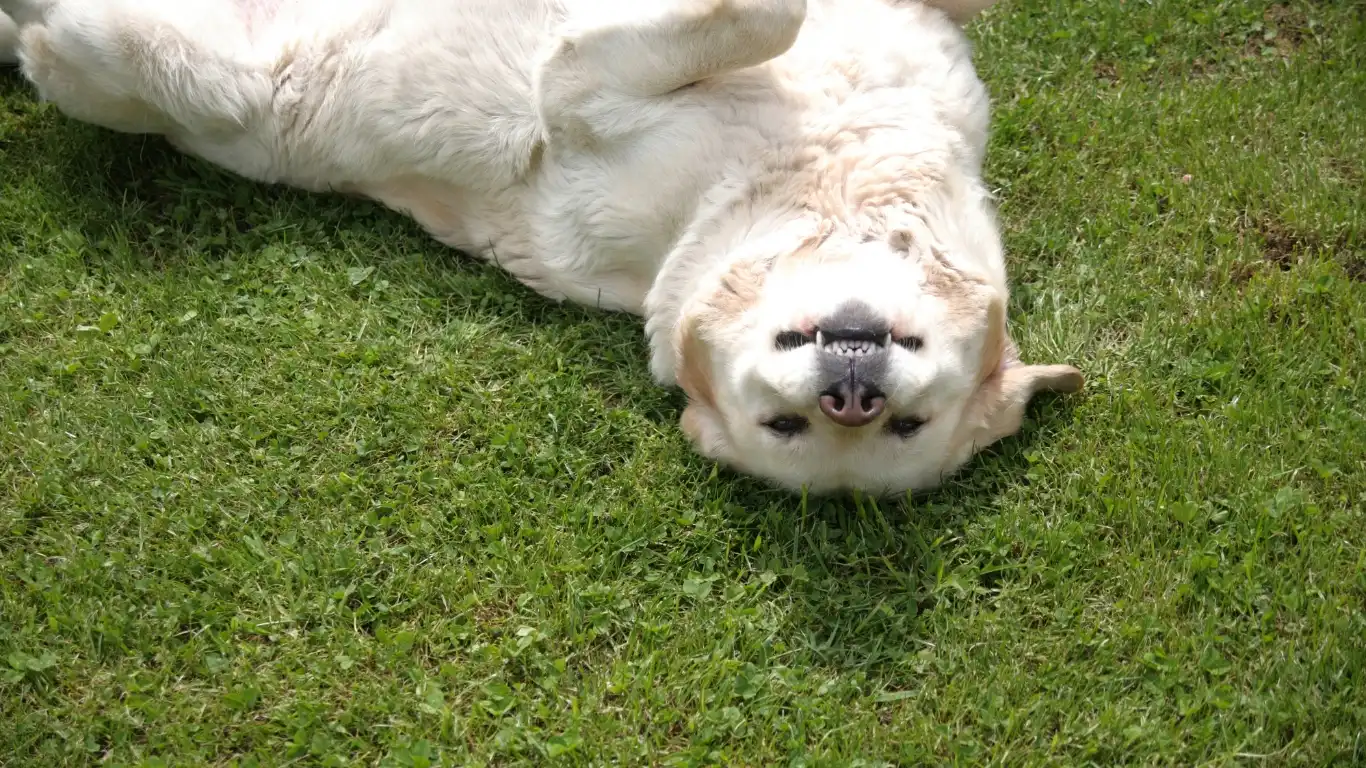
When it comes to training your dog not to chase, positive reinforcement is your secret weapon. Rather than punishing your dog for chasing, reward them for making the right choice. For example, when your dog chooses to focus on you instead of chasing a squirrel, give them a treat, lots of praise, or a toy to keep their attention. This reinforces the idea that staying calm and listening to you is a good thing.
Positive reinforcement is effective because it taps into your dog’s natural desire to please you. Over time, your dog will learn that ignoring distractions and focusing on you results in something even better: rewards and attention. I’ve seen dogs go from compulsively chasing everything that moves to calmly walking by animals with just a few weeks of consistent positive reinforcement. It’s not just about stopping bad behavior; it’s about teaching your dog what they should do instead.
Timing Is Everything
One of the keys to successful positive reinforcement is timing. You need to reward your dog at the exact moment they make the right decision. For instance, if your dog looks away from a moving animal, that’s your cue to praise or give them a treat. The more immediate and consistent you are, the more your dog will connect the dots. This is where things can get a little tricky, but with practice, you’ll be able to see and reward those little moments when your dog makes the right choice. I’ve found that dogs respond best when they know exactly what they’re being rewarded for, so make sure you’re paying close attention to their behavior.
Increase Mental and Physical Exercise

If your dog has a lot of energy, you’re going to have a much harder time preventing them from chasing. Dogs that don’t get enough physical and mental stimulation are more likely to act on their instincts and engage in unwanted behaviors, like chasing. Think of it this way: a tired dog is a good dog. If they’re worn out from a fun walk, fetch session, or puzzle game, they’re less likely to give in to their chasing urges.
Regular physical exercise is a must for every dog, especially those with high energy levels. A long walk, a jog, or even a romp in the backyard can work wonders in burning off excess energy. But don’t forget the mental exercise too! Activities like puzzle toys, scent work, and training sessions can engage your dog’s brain and tire them out just as much as a good physical workout.
Interactive Play and Games
In addition to traditional exercise, interactive play can help prevent your dog from getting bored and fixating on other animals. Games like tug-of-war, hide and seek, and fetch are not only great ways to bond with your dog, but they also provide mental stimulation that keeps your dog focused on you. One of my clients, a lovely Golden Retriever, used to chase after every dog in sight during walks. After we introduced more interactive play sessions at home—fetch, tug-of-war, and scent games—her focus shifted back to her owner during walks. It wasn’t magic, but it certainly helped her mind stay engaged.
Manage the Environment
In addition to training and exercise, sometimes you need to manage your dog’s environment to set them up for success. This means avoiding situations where your dog is likely to encounter animals that they’ll want to chase, at least until their behavior improves. For example, if you know your dog has a strong prey drive and tends to chase squirrels in the park, try walking in areas where you know you won’t encounter wildlife. Another strategy is using a leash or long line to keep your dog under control, especially during training sessions in areas with lots of distractions.
Some pet owners may also find that using a head halter or harness gives them better control during walks. These tools don’t stop your dog from chasing, but they allow you to redirect their attention more easily. In my experience, these tools can be incredibly helpful during the early stages of training while your dog is learning the ropes.
Gradual Exposure
Sometimes, it’s about desensitizing your dog to the sight of other animals. Gradual exposure can help your dog learn to stay calm in the presence of animals they might otherwise want to chase. This process should be done slowly and in a controlled manner. Start by exposing your dog to a less distracting environment—perhaps a dog-friendly park or a fenced yard with a few squirrels. As your dog becomes more comfortable and learns to stay calm, you can gradually increase the level of distraction.
But remember, patience is key. Every dog is different, and some dogs will take longer to adjust than others. With time, consistency, and the right approach, your dog can learn to ignore other animals and focus on you instead.
Seeking Professional Help for Aggressive Chasing Behavior
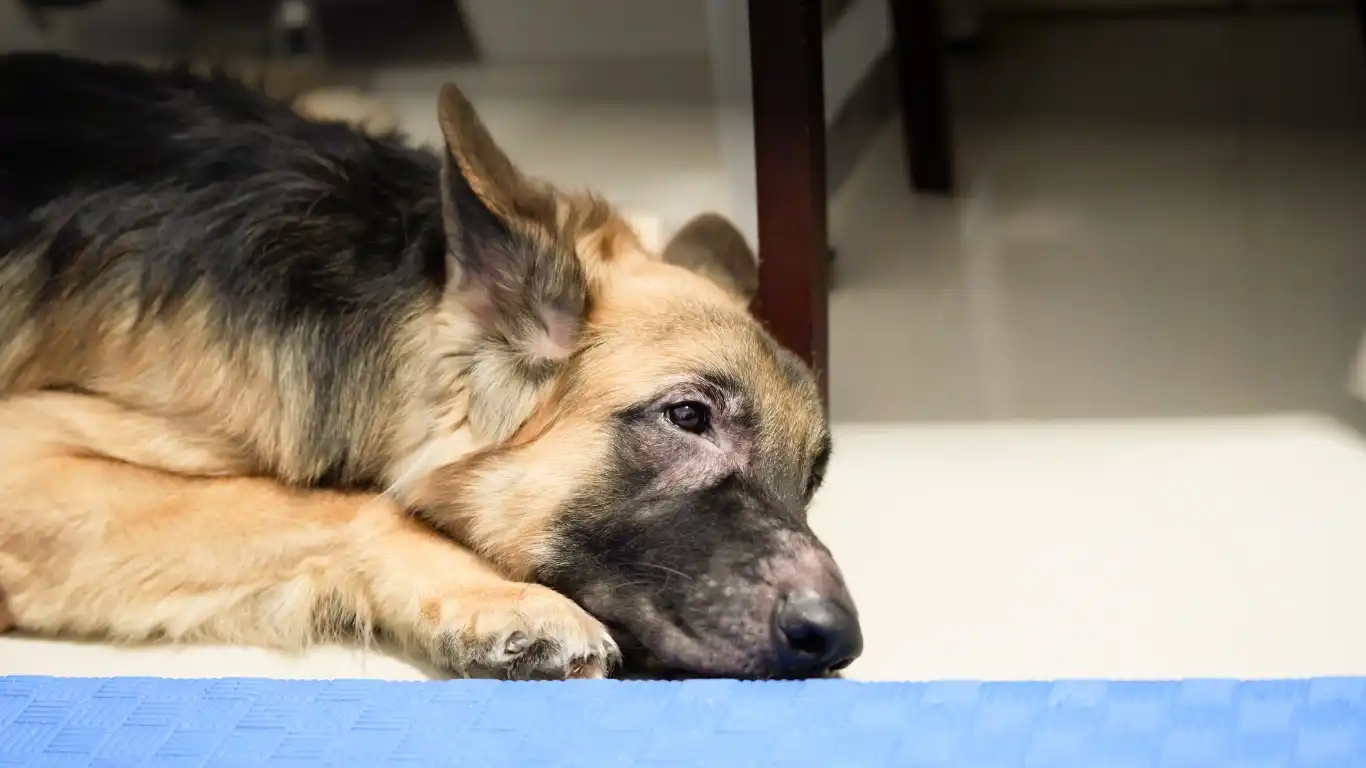
While many dogs can be trained to stop chasing with the right approach, there are some situations where professional help may be necessary. If your dog’s chasing behavior is particularly aggressive or if you’re feeling overwhelmed, working with a professional dog trainer or behaviorist might be the best course of action. A professional can assess your dog’s behavior, create a personalized training plan, and help address any underlying issues that may be contributing to the problem.
As a veterinary technician, I’ve often seen situations where a dog’s chasing instinct is tied to other behavioral issues, such as anxiety or fear-based reactions. In these cases, a behaviorist can help identify the root causes of the chasing behavior and recommend specific techniques to address it. For example, some dogs chase due to fear or excitement rather than an inherent prey drive. In these cases, behavior modification techniques that focus on reducing anxiety can be very effective.
When to Consult a Trainer or Behaviorist
Here are some signs that your dog’s chasing behavior might require professional help:
- Excessive reactivity: If your dog becomes overly excited, anxious, or even aggressive when they see other animals, it could indicate that their behavior is more complex than simple prey drive.
- Difficulty controlling the behavior: If you’ve tried training on your own and your dog continues to chase without improvement, a professional may be able to offer more advanced strategies.
- Physical aggression: If your dog is engaging in physical aggression towards other animals or people during a chase, this is a serious concern that requires intervention.
Professional trainers are well-versed in using science-based methods that are both safe and effective. They can also provide you with valuable support, helping you stay consistent with your training techniques, and ensuring that you’re seeing the best possible results.
Managing Chasing in Multi-Dog Households

Chasing behavior can be a bit more complicated when you have more than one dog at home. In multi-dog households, one dog’s chase drive can trigger others, especially if there’s a strong pack dynamic or if one dog is more dominant. If you have a dog that chases animals and another dog that chases in response, you’ll need to put extra effort into training both dogs individually and together.
In these situations, the key is to make sure each dog has a clear understanding of boundaries and commands. Training both dogs to “leave it” or “stay” can help reduce unwanted chasing behaviors. It’s also essential to supervise play sessions between the dogs, especially if there’s a history of chasing. In my experience, introducing structure and boundaries into multi-dog households can significantly reduce the likelihood of chasing turning into a full-blown game of tag between the dogs!
Preventing Competition and Reinforcing Calmness
Competition between dogs can sometimes exacerbate chasing behaviors. If one dog sees another chasing and decides to join in, it can lead to a stressful situation for both dogs and anyone else nearby. To reduce this, try to focus on reinforcing calmness during walks and in the home. Practicing basic obedience commands like “sit” and “stay” while the dogs are together can help ensure they stay focused and don’t get caught up in the excitement of a chase.
Additionally, providing separate playtimes for each dog, particularly in the early stages of training, can help them focus on their own behavior without being influenced by the other dog’s actions. This is something I’ve seen work wonders when clients have more than one dog with strong prey drives. It’s all about creating a balanced environment where each dog can thrive without triggering the others.
Other Practical Tips to Prevent Chasing
In addition to the strategies already mentioned, there are a few more practical tips that can help you prevent your dog from chasing animals, both at home and on walks. These are things that I’ve found to be effective when used alongside training:
- Leash Training: Always use a leash or long line during walks, especially in areas with lots of wildlife or other distractions. This gives you the ability to redirect your dog’s attention quickly and prevents them from bolting after animals.
- Avoiding High-Prey Areas: If your dog has a strong prey drive, avoid taking them to places where there’s a lot of wildlife, such as parks with squirrels or areas with free-roaming cats. Choose locations where your dog can be more focused on the walk itself.
- Use a Training Collar or Harness: A well-fitted harness or head collar can give you better control over your dog’s movements. These tools are particularly helpful for dogs who are strong pullers or have a lot of energy.
- Practice “Watch Me”: The “watch me” command is a great way to get your dog’s attention during walks. By teaching your dog to focus on you when you say the command, you can prevent them from getting distracted by animals and other stimuli.
References
For more information on dog behavior and training, check out these trusted resources:
Disclaimer
The content provided in this article is for informational purposes only. It is not intended to replace professional veterinary advice, diagnosis, or treatment. If your dog’s chasing behavior is causing concern or if you’re experiencing significant challenges with managing your dog’s behavior, it’s best to consult with a qualified veterinarian or professional dog trainer for personalized advice.
